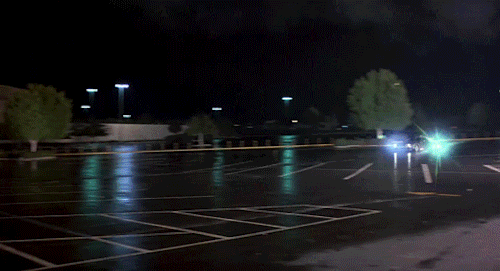The Second Act is the middle section of a novel and usually the biggest chunk of a book. It spans from when a character is first thrust into a new situation until the immediate build toward the climax. In terms of the hero’s journey plot line discussed in previous posts, the Second Act ranges from when a protagonist Crosses the Threshold until they reach the Propelling Event.
Let’s get supercharged!
In the opening chapters of a Second Act, the protagonist usually encounters a variety of interesting new tests, allies, and enemies. These moments can hold a lot of appeal, especially in fantasy stories where the various new challenges and characters are so different from those we see in everyday life. Just a few of the fantastical tests Harry Potter faces in The Philosopher’s Stone include the sorting hat, learning magical charms, the fight with a mountain troll, chasing Draco Malfoy on a broomstick, quidditch practice, quidditch matches, and helping Hagrid hatch a pet dragon! Phew! And those events are secondary to the main plot involving the search for the philosopher’s stone.

However, speaking from experience, it is easy for aspiring authors to write these events in an episodic and disconnected way. The events happen without leading to another in a chain reaction. As mentioned in the post on outlining, insufficient planning often causes this and it can result in a plodding pace where the story feels like it is stalled, especially in the lengthy Second Act.
I have found three techniques useful for ‘supercharging’ the Second Act, to give it a feeling of drive and momentum.
1 – Build toward a key event in the last half of the Second Act
Sometimes the Second Act stalls because there are too many events of roughly equal importance. Building up to a crucial event later in Act 2 provides more direction.
This is how The Hunger Games works. The first part of Act 2 is training and the training builds tension towards the last half of Act 2, the actual battle in the arena.

Katniss enters a new phase of Act 2.
Kenneth Oppel is a masterful plotter of adventure stories. I recently read his novel Starclimber, a Jules Verne-inspired outer space adventure. It features the same patterns as The Hunger Games. The astronaut selection and training drive the first part of Act 2 toward the actual adventure in space later on.
Not to get too mathematical, but the moment where characters switch from training to ‘the main event’ often happens at an important ratio mark in the book. In The Hunger Games, the characters enter the arena almost exactly ⅓ of the way into the novel. In Starclimber, the liftoff into space occurs at the Midpoint, halfway through.
2 – Raise the Stakes
“Raise the stakes” is something I heard a lot in writing circles and frankly, for a long time, I didn’t understand what it meant. I don’t play poker so maybe the terminology was lost on me. However, I have come to understand raising the stakes as giving the character more to lose; worsening the consequence if they do not succeed.

Perhaps, early in the second act, your main character is in danger but as the story goes on, the danger increases and jeopardizes others as well. I recently read Caroline Carlson’s middle grade series, The Very Nearly Honorable League of Pirates. In the third book, the young pirate Hilary is preparing for a battle against the corrupt Captain Blacktooth. If she loses, she’ll be exiled–pretty high stakes already. But the stakes increase further when Captain Blacktooth forces Hilary into a new deal: if she loses the battle, she will not only be exiled, she will have to hand over her beloved Gargoyle, a very powerful magical pet. She now has even more to lose–and it affects others, not just her.

3 – Speed up the Clock
A third way to supercharge the second act and keep it driving forward is to shorten the amount of time characters have to complete their journey. Perhaps the protagonist thought they had months but now it’s a matter of days! Perhaps the antagonist has worked faster than they thought.
In Starclimber, a malfunctioning rocket means a mission that was supposed to take weeks must be completed in a few hours. (This is also a classic technique in Star Trek. There’s never enough time to get everything fixed, and the characters even make self-aware jokes about it!)
I also find speeding up the clock very useful at the end of the Second Act (the Propelling Event) to drive the story toward the climax. This happens to Harry and his friends in The Philosopher’s Stone. They plan to descend through a trapdoor and find the stone, but realize the bad guys have already gone ahead of them. This puts added pressure on them to race to the stone as fast as they can.
Building to a key event, giving the characters more to lose, and speeding up the clock have improved my stories. I hope these techniques aid you in supercharging your second acts with more tension and excitement!

***
Be sure to check out the other posts in this Lessons from a First Novel series, where I discuss Learning your own writing habits, Outlining, and Worldbuilding–and happy writing!

